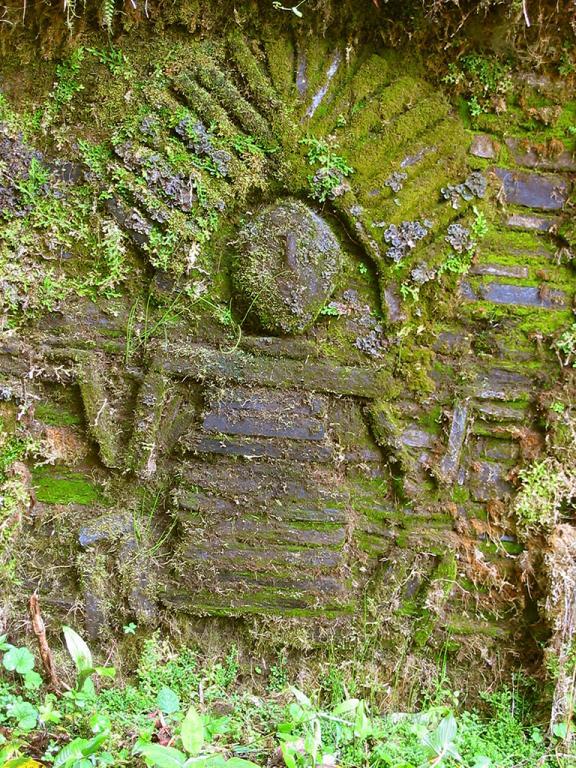Gran Pajatén: A Historical Gem of Peru
Gran Pajatén is an archaeological site nestled in the Andean cloud forests of Peru. Discovered in 1965, it’s known for its intricate stone structures and ornate mosaic facades, reflecting the complex civilization that once thrived there. The site is believed to have been inhabited by the Chachapoyas, a pre-Incan civilization, from around 200 BC to 1470 AD. The ruins are spread over a large area, featuring circular buildings adorned with decorative friezes and a network of trails and plazas. Despite its historical significance, Gran Pajatén remains largely unexplored due to its remote location and the challenging terrain.
Get your dose of History via Email
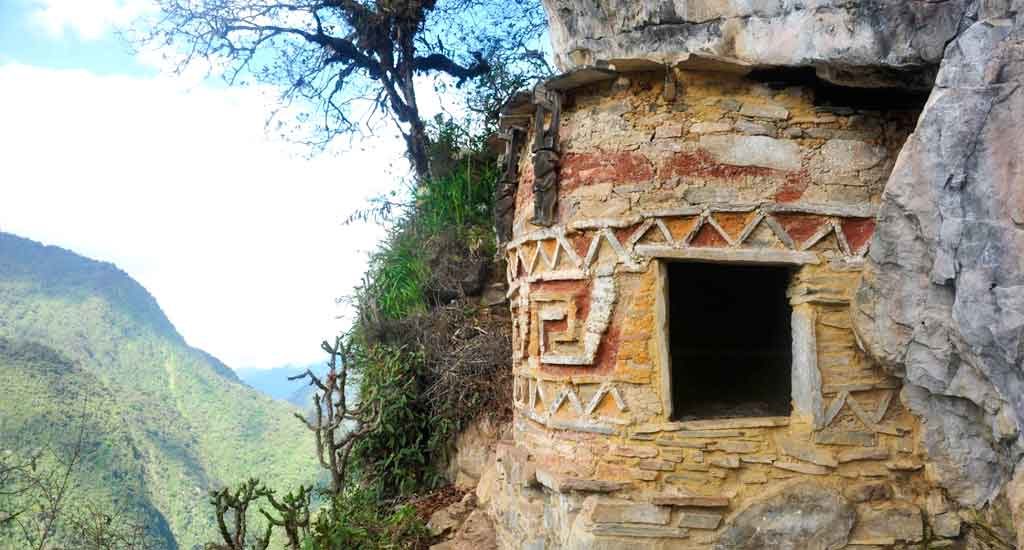
What is the historical significance of Gran Pajatén and what civilizations have inhabited it?
Gran Pajatén holds a significant place in the history of ancient Peru. It serves as a testament to the architectural prowess and artistic sensibilities of the Chachapoyas civilization. The Chachapoyas, also known as the ‘Warriors of the Clouds’, were a pre-Incan culture known for their distinctive architecture and sophisticated mummification practices.
The ruins of Gran Pajatén provide a glimpse into the life and culture of this civilization. The site was likely a ceremonial center, given the intricate nature of the stonework and the presence of numerous plazas. The Chachapoyas’ skill in stone masonry is evident in the complex geometric designs that adorn the buildings.
Following the fall of the Chachapoyas, Gran Pajatén was likely inhabited by the Inca, as suggested by some Inca-style pottery found at the site. However, the Inca occupation was short-lived, and the site was eventually abandoned and reclaimed by the cloud forest.
Gran Pajatén’s remote location and challenging terrain have limited extensive archaeological exploration. Despite this, the site’s historical significance has earned it a place on the Tentative List for UNESCO World Heritage status.
The history of Gran Pajatén is not just limited to the Chachapoyas and Inca civilizations. The site continues to hold cultural significance for the indigenous people of the region, who regard it as a sacred place.
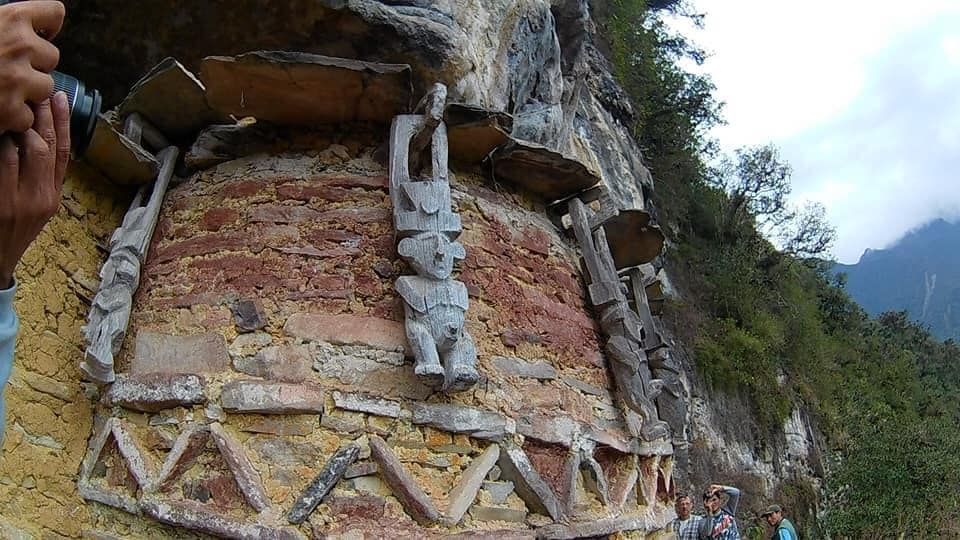
What are some of the key archaeological discoveries that have been made at Gran Pajatén?
Since its discovery in 1965, Gran Pajatén has yielded numerous archaeological treasures that shed light on the Chachapoyas civilization. One of the most significant finds is the intricate stone mosaics that adorn the circular buildings. These mosaics feature geometric patterns and bird motifs, reflecting the Chachapoyas’ connection with nature and their artistic sensibilities.
Archaeologists have also discovered a network of trails and plazas, suggesting that Gran Pajatén was a bustling ceremonial center. The presence of numerous plazas indicates that the site was likely used for community gatherings and rituals.
Artifacts found at the site include pottery, textiles, and tools, providing insights into the daily life and activities of the Chachapoyas. The pottery exhibits a mix of Chachapoyas and Inca styles, suggesting a period of Inca occupation.
Despite these discoveries, much of Gran Pajatén remains unexplored. The challenging terrain and dense vegetation have limited archaeological excavations. However, the use of modern technologies like LiDAR (Light Detection and Ranging) is opening up new possibilities for uncovering the secrets of this ancient site.
Each discovery at Gran Pajatén adds a new piece to the puzzle of the Chachapoyas civilization, enriching our understanding of this ancient culture and its contributions to the history of Peru.
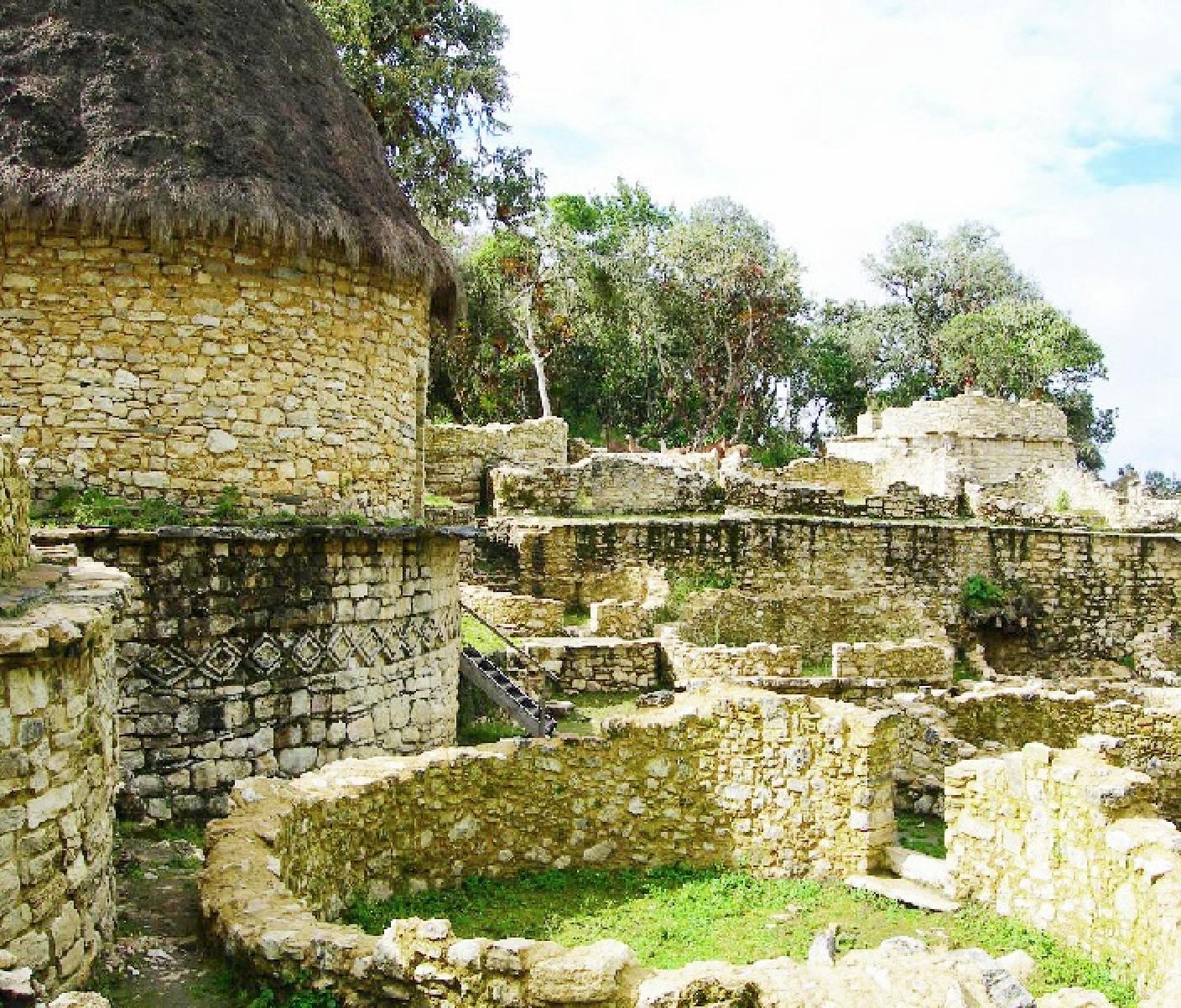
What role did Gran Pajatén play in the ancient Peruvian civilization and how did it influence their culture and society?
Gran Pajatén was likely a significant center for the Chachapoyas civilization. Its intricate architecture and ornate mosaics suggest that it was a place of importance, possibly a ceremonial center or a hub for community gatherings.
The site’s architecture reflects the Chachapoyas’ advanced knowledge of stone masonry and their artistic sensibilities. The geometric patterns and bird motifs that adorn the buildings suggest a deep connection with nature and a sophisticated aesthetic sense.
The artifacts found at Gran Pajatén provide insights into the daily life and activities of the Chachapoyas. The pottery, textiles, and tools suggest a society that was skilled in various crafts and had a complex social structure.
Gran Pajatén’s influence extended beyond the Chachapoyas civilization. The Inca, who conquered the Chachapoyas in the 15th century, likely occupied the site and were influenced by its architecture and artistry, as suggested by the Inca-style pottery found at the site.
Today, Gran Pajatén continues to influence Peruvian culture and society. It serves as a symbol of Peru’s rich historical heritage and a source of national pride. The site is also a significant cultural landmark for the indigenous people of the region, who regard it as a sacred place.
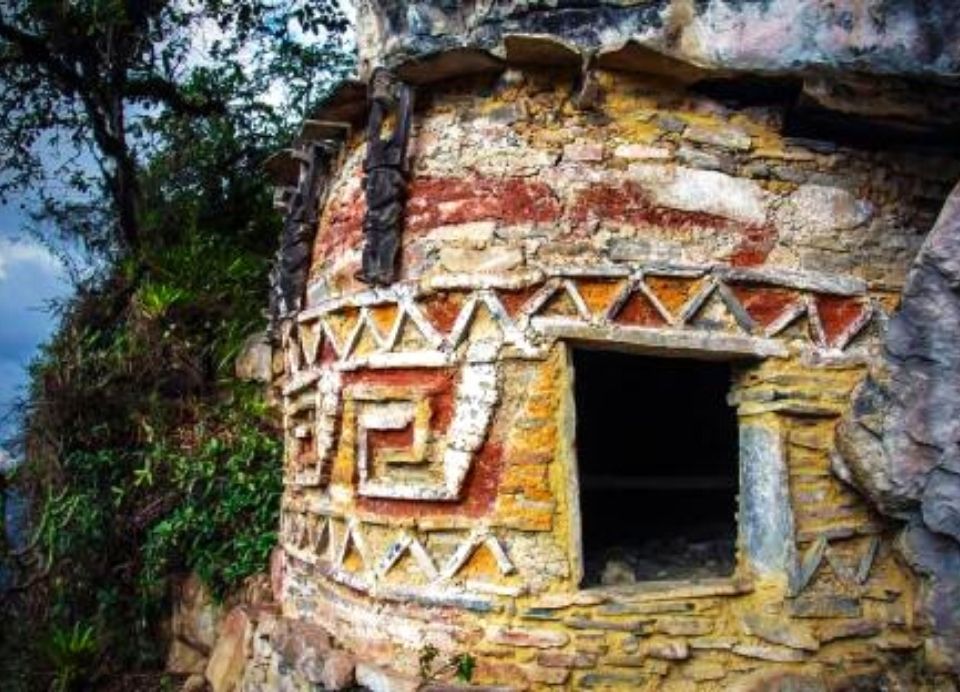
Conclusion and Sources
In conclusion, Gran Pajatén is a historical gem that offers invaluable insights into the Chachapoyas civilization and its contributions to the history of Peru. Despite the challenges posed by its remote location and difficult terrain, the site continues to yield new discoveries that enrich our understanding of this ancient culture. As we continue to explore and study Gran Pajatén, we can look forward to uncovering more secrets of this fascinating archaeological site.
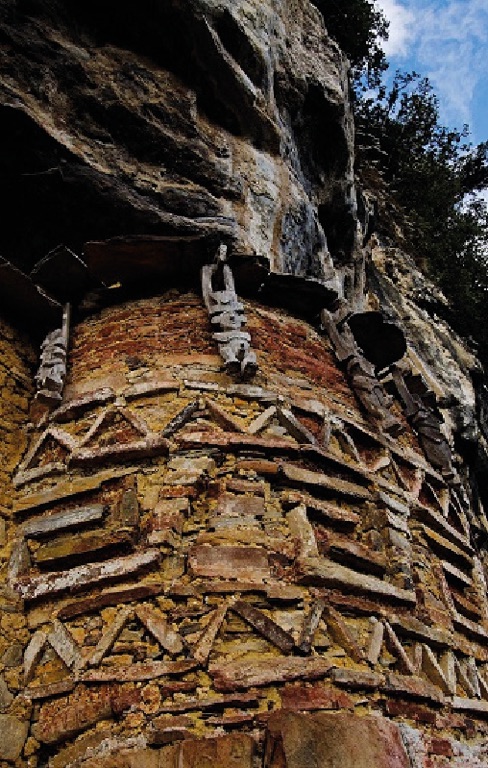
For further reading and reference, the following sources provide comprehensive information on Gran Pajatén:

